Today we are publishing a very comprehensive language activity for children that we hope you like and find very useful. It is a worksheet to associate phoneme with grapheme called Letter Detective. This activity contains 77 worksheets divided into five levels of difficulty. Try it now!
What does this phoneme–grapheme association worksheet involve?
This activity consists of the child indicating the position of the requested letter.
Below, we show you a video of this children’s phoneme’grapheme association activity:
What does this activity target?
This worksheet works on language, specifically vocabulary and discrimination.
A series of everyday items are presented and the child has to:
- Name the items, to work on oral vocabulary,
- know their correct spelling, to work on written vocabulary,
- indicate the exact position of the requested grapheme in each case. In this case the child will work on discrimination.
It is a fundamental activity for working on the written representation of words, as it allows the child to imagine a word’s spelling and place each letter in its spot.
Play by levels
This activity contains 77 worksheets organized into five levels of difficulty: basic, easy, medium, difficult and advanced: basic, easy, medium, difficult and advanced. As the level increases, the difficulty rises. It will start with short words and simple sounds and, as they progress through levels, they will encounter increasing difficulty, based on:
- the requested sounds;
- the composition of the words: consonant clusters, digraphs or words that are often confused in our language because of the order of their letters: croquette or bat, for example;
- their length.
77 worksheets divided by levels
There are 77 worksheets. Specifically:
- 30 basic-level worksheets,
- 13 easy-level worksheets,
- 12 medium-level worksheets,
- 14 difficult-level worksheets,
- 8 advanced-level worksheets.
Format
These phoneme’grapheme association worksheets, in addition to being available in digital format, are also available to work on paper. You will be able to customize it, print it and use it with each of your users.
If you liked this phoneme’grapheme association activity, you might also be interested in these articles:
“This article has been translated. Link to the original article in Spanish:”
Actividad para asociar fonema con grafema: Detective de letras
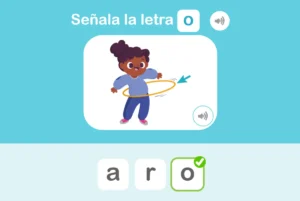


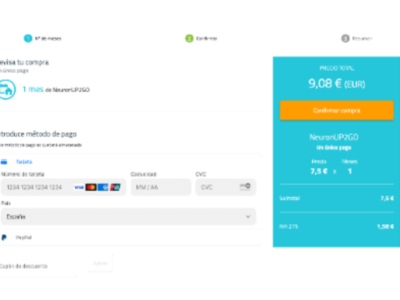
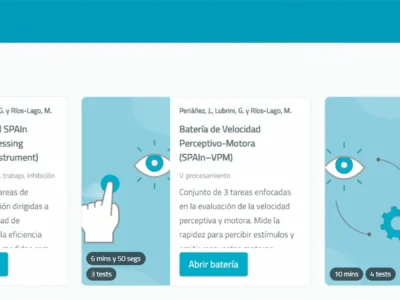
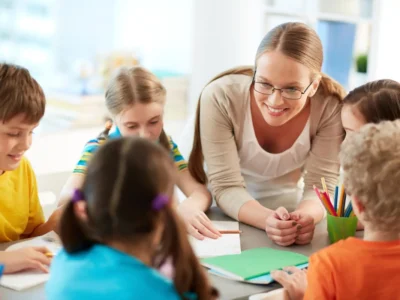
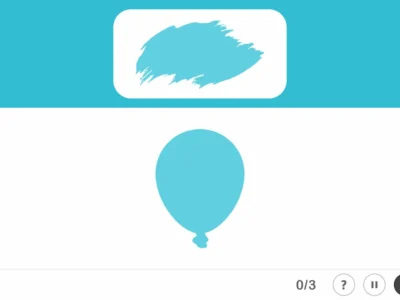
 Caring for People with Aphasia: Essential Guidelines for Caregivers
Caring for People with Aphasia: Essential Guidelines for Caregivers
Leave a Reply